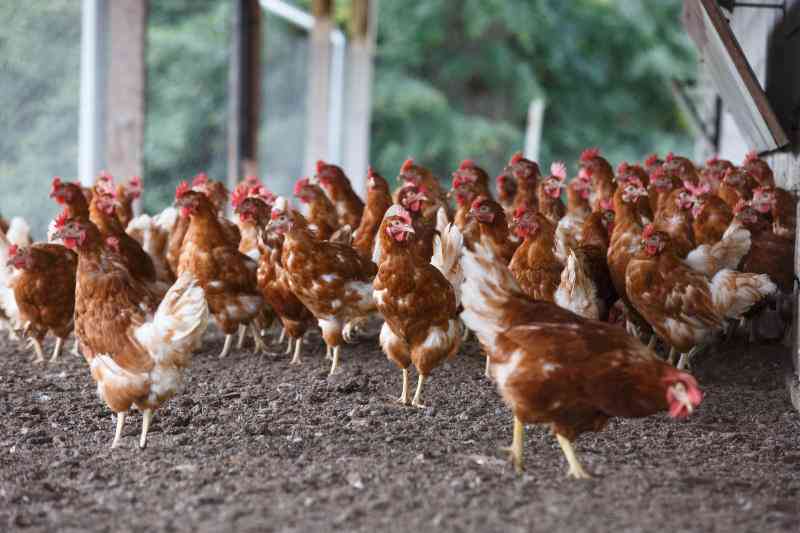×
The Standard e-Paper
Stay Informed, Even Offline

Coccidiosis is a major disease impacting the poultry industry globally.
For many years, it has been associated with indigenous chickens reared on the free-range system and occasionally among wild and game birds.